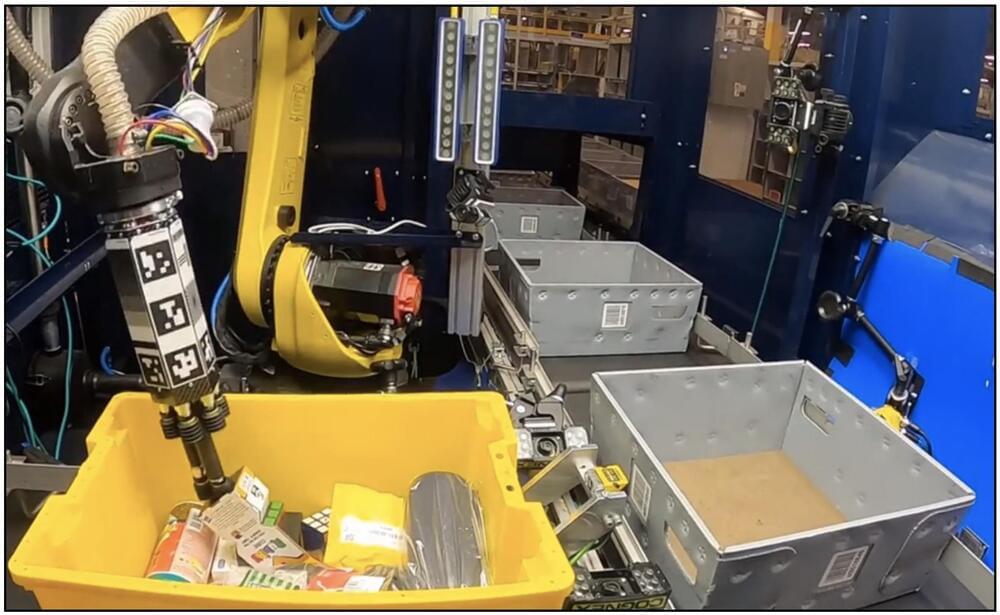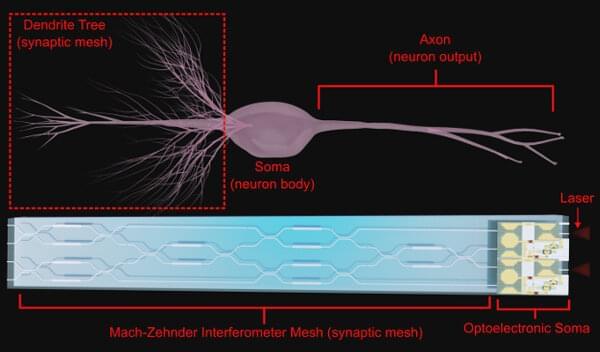In an effort to improve the performance of robots that pick, sort, and pack products in warehouses, Amazon has publicly released the largest dataset of images captured in an industrial product-sorting setting. Where the largest previous dataset of industrial images featured on the order of 100 objects, the Amazon dataset, called ARMBench, features more than 190,000 objects. As such, it could be used to train “pick and place” robots that are better able to generalize to new products and contexts.
We describe ARMBench in a paper we will present later this spring at the International Conference on Robotics and Automation (ICRA).
The scenario in which the ARMBench images were collected involves a robotic arm that must retrieve a single item from a bin full of items and transfer it to a tray on a conveyor belt. The variety of objects and their configurations and interactions in the context of the robotic system make this a uniquely challenging task.







